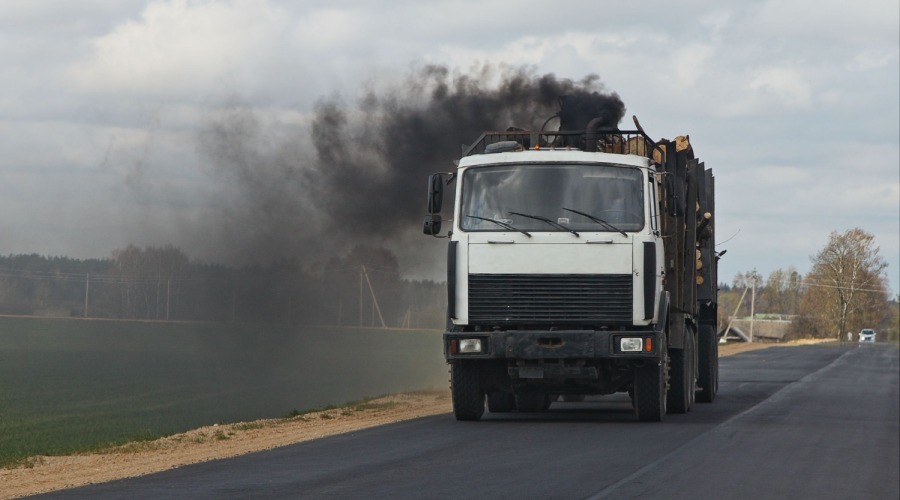Projects environmentalists, treaties on the weight and dimensions of the transport vehicles, the prohibition of a double tachograph, and the plan of funds to digitize the transport, covering the regulations in place in Europe and Spain, that fall like arrows on a large number of carriers.
The transport of goods in Europe faces a key moment. The European Union urges stricter regulations to reduce emissions and improve road safety, Spain has joined, she has created both opportunities and challenges for the carriers, especially those who operate heavy goods vehicles, in addition to an intense debate among the professionals.
One of the most significant changes is the expansion of the low-emission zones (ZBE) in Spanish cities, in compliance with the Climate Change Act. These restrictions, they are active in more than 30 cities, including Madrid, Barcelona, Cordoba, Pontevedra, A Coruña, Seville, spain, Badalona, Rivas-Vaciamadrid, San Cugat del Vallés, Valencia, spain and Sant Joan Despí.
This means that access is limited to diesel trucks old, which obliges companies to renew their fleets with less polluting vehicles, hurting carriers with limited resources, have to bear high costs to adapt to the measure.
The measure brings penalties with fines ranging between 90 and 200 euros, and may be higher if the vehicle does not have the label appropriate environmental, are very attentive to the chamber of control of access and traffic officers, they check your registration to see if you are allowed to circulate through the area.
Organizations such as the European Commission and think tanks specialized, such as the Transport & Environment, argue that the restrictions to vehicle pollutants and the promotion of clean alternatives are essential to meet the objectives of the Covenant European Green.
Carlos Bravo, an expert in sustainable transport policies argues that the road transport represents almost 25% of the CO₂ emissions in the European Union, and that without policy changes, there will be decarbonisation possible.’
On the other hand, the European Directive on weights and dimensions has been revised to allow trucks that are long and weighed up to 44 tonnes in some cases, provided they meet the criteria of safety, which seeks to reduce the number of trips, and in addition the emissions.
In matters of labor, the prohibition of double tachograph, employed to monitor the driving records, and schedule control , activity and rest periods for drivers , has been applauded by some, and by others denounced , especially by self-employed drivers, as they are measures that are in addition to the rise in diesel and tolls, reducing their profits.
All this is in addition to the Plan, the European Recovery that has provided funding to boost the digitalisation of transport aids, to fleet management systems or labels ECO. The grants benefit businesses with the capacity to modernize, but they leave behind those who can not assume, even, a portion of the cost, then the gap between large and small carriers expands.
The future of the sector will depend on how you balance the environmental requirements with economic viability. The european regulations and the Spanish point to a more sustainable model, but without a just transition —with realistic deadlines and financial support, many shippers could stay on the road.
The consensus among analysts is that, although the direction towards sustainability is correct, the rate and the conditions of application can be the difference between a sector modernized and one in crisis. If the authorities don’t listen to those affected and adjust the policies, the risk of protests like the lived in 2022 —with locks, and strikes for the price of the diesel— may be repeated.
The question that remains in the air is: what will Europe and Spain to balance the projection ecological survival of a key sector of the economy? The experts agree that, without dialogue and accompanying measures real, the transition could leave many in the gutter. And you, what do you think about this?
Have any thoughts?
Share your reaction or leave a quick response — we’d love to hear what you think!





